Resources
Discover the latest compliance updates and documents
Filter by resource type:
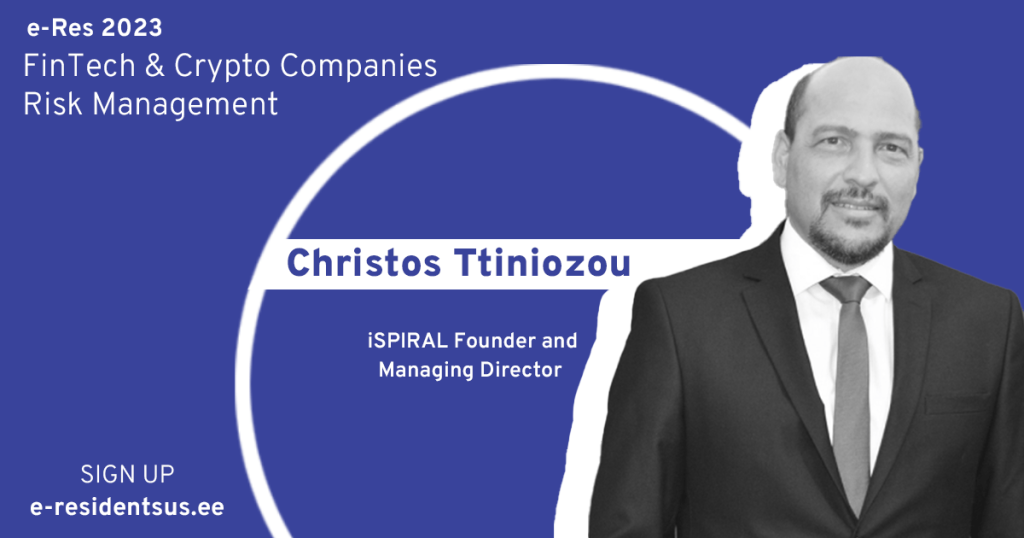
iSPIRAL participated at the 6th “e-Residency RISK MANAGEMENT” event organized in Tallinn, Estonia on Feb 2nd, 2023.
iSPIRAL’s Managing Director, Christos Ttiniozou, was among the distinguished speakers participating at the 6th “e-Residency RISK MANAGEMENT” event that was organized in Tallinn, Estonia on
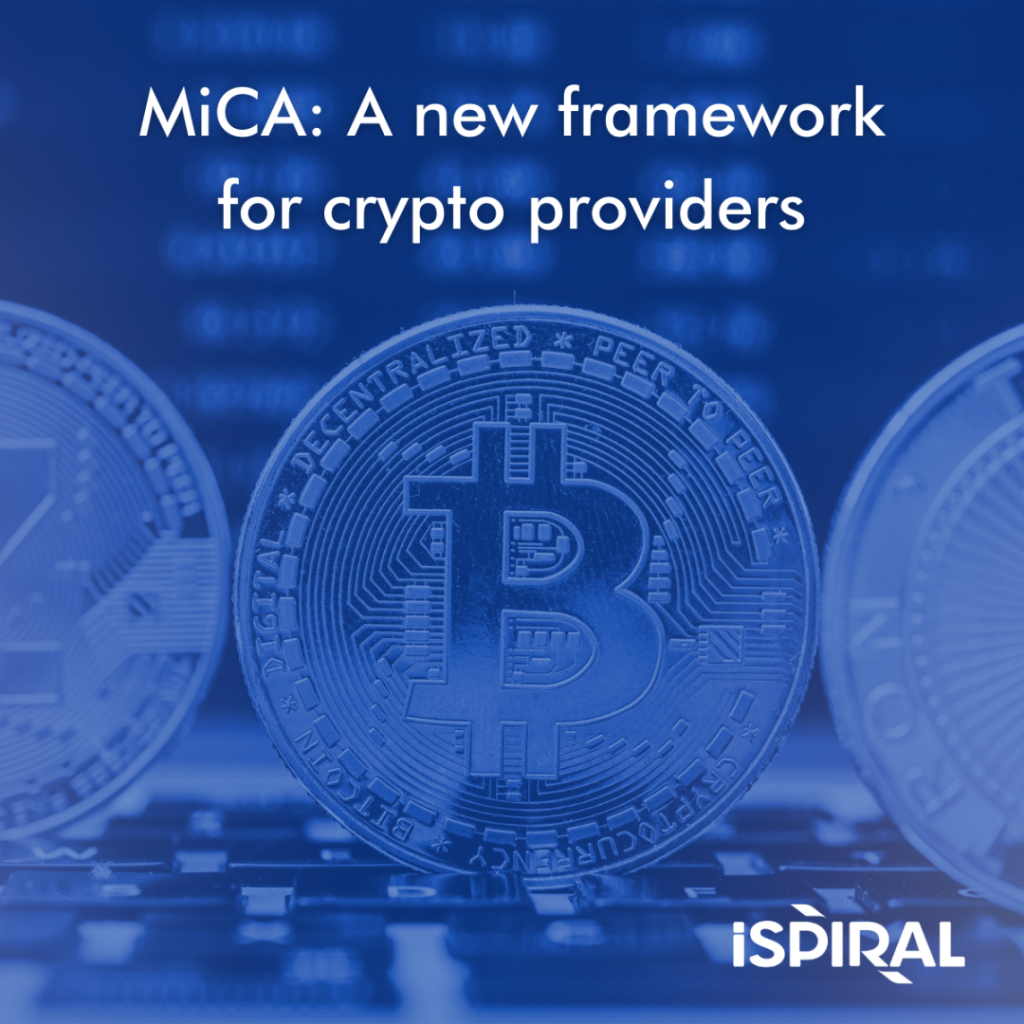
MiCA – A new framework for crypto providers
The Market in Crypto Assets (MiCA) is a regulation that all EU member states must implement. The regulation will serve as a framework of rules
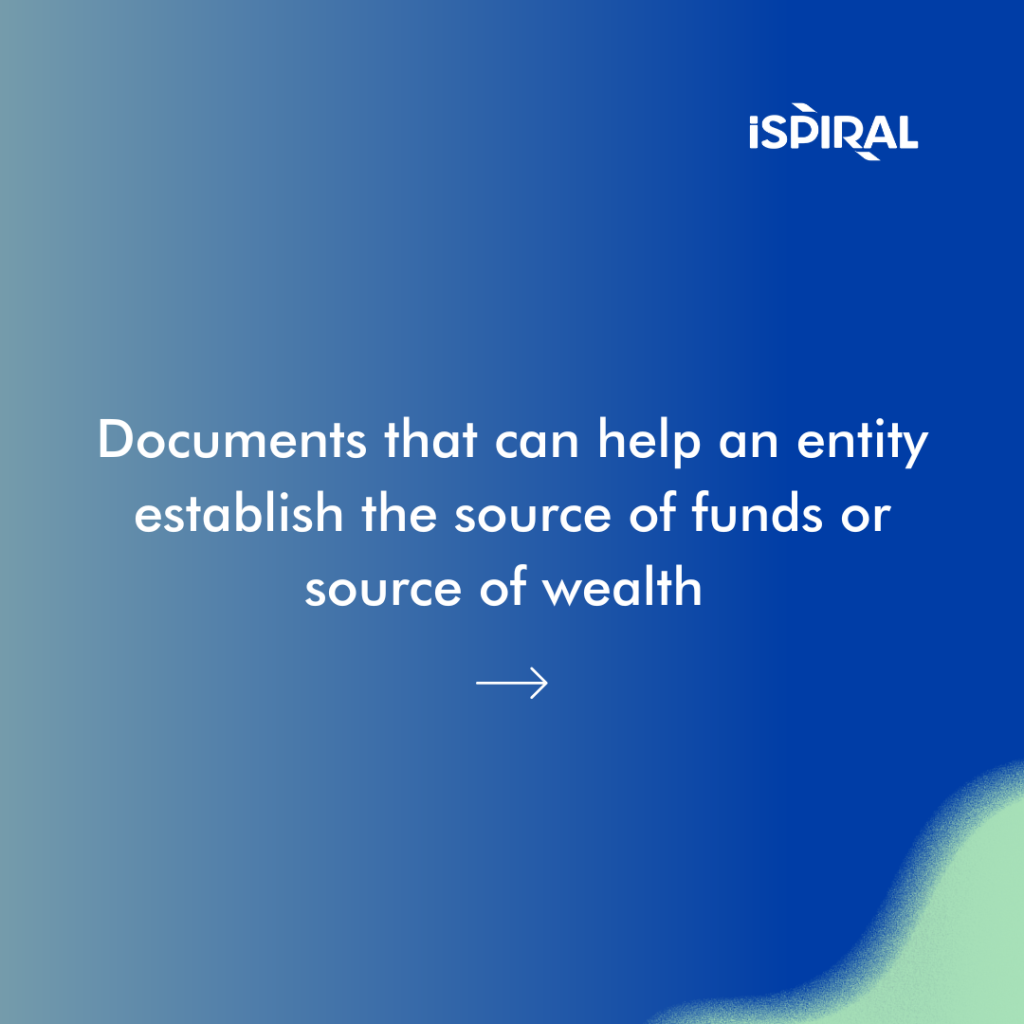
Source of funds and source of wealth – an important element of EDD
In high-risk situations, financial institutions and other “obliged entities” are required to conduct Enhanced Due Diligence (EDD) measures to ensure that the money laundering and
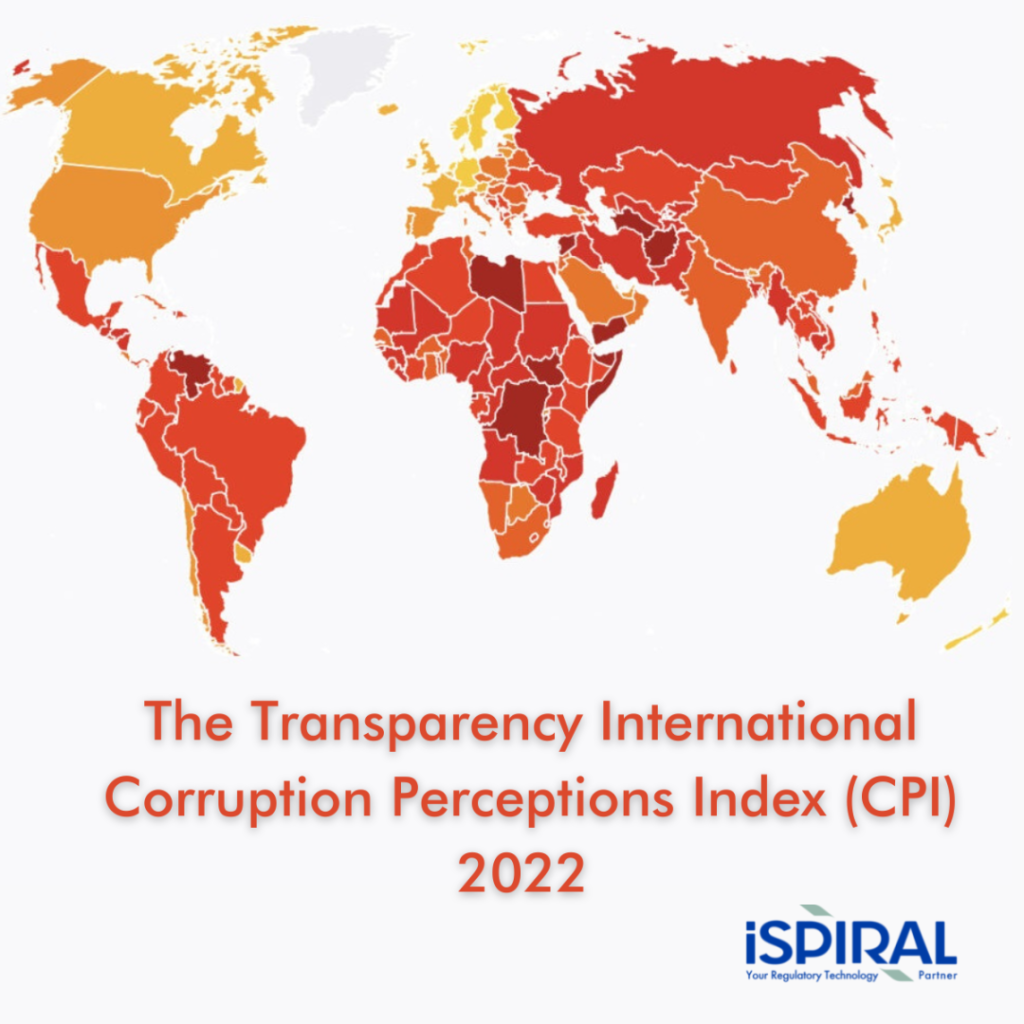
The Transparency International Corruption Perceptions Index (CPI) 2022
🔎The Transparency International Corruption Perceptions Index (CPI) 2022 🔍 The Corruption Perception Index highlights the “perceived levels of public corruption”. The CPI ranks 180 countries
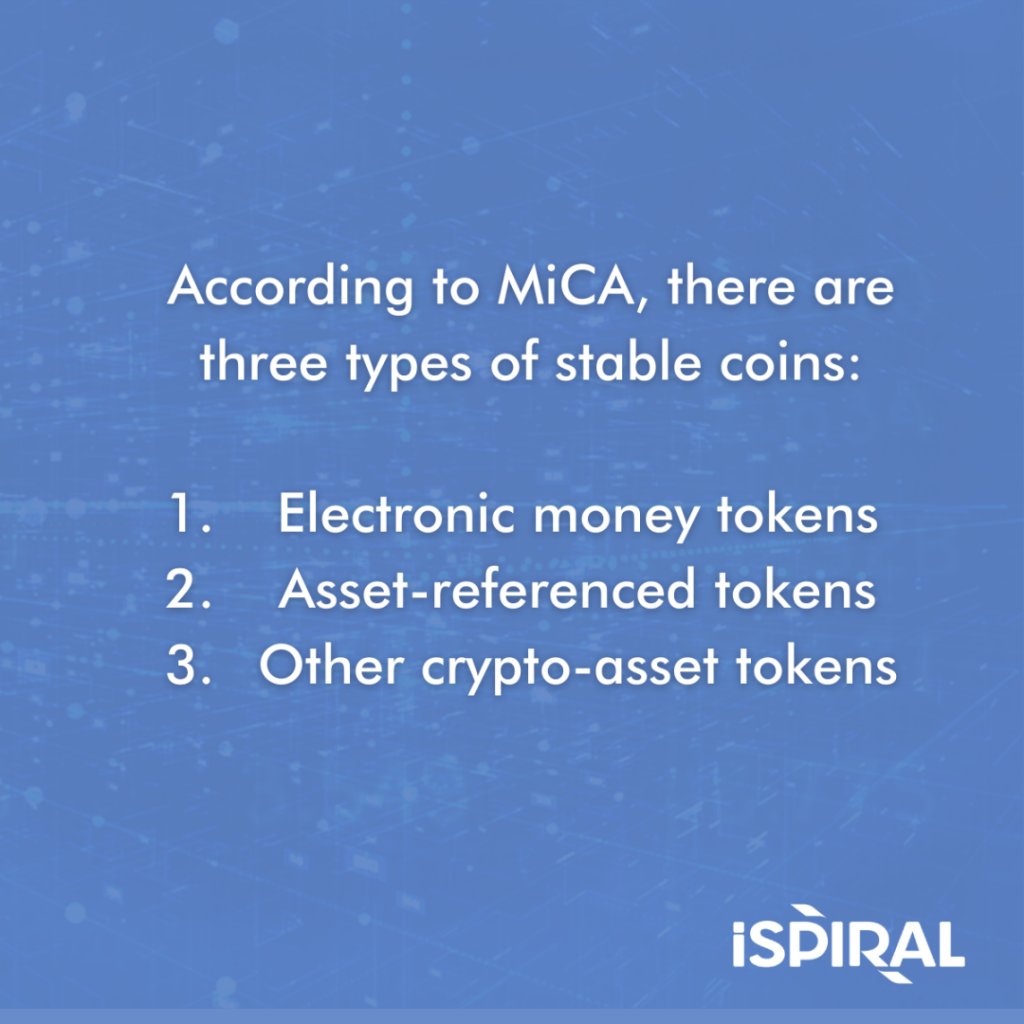
Stablecoins and MiCA
Stablecoins are cryptocurrencies whose value is tied (“pegged”) to another asset. This asset can be a fiat currency, a commodity, another cryptocurrency, or a financial
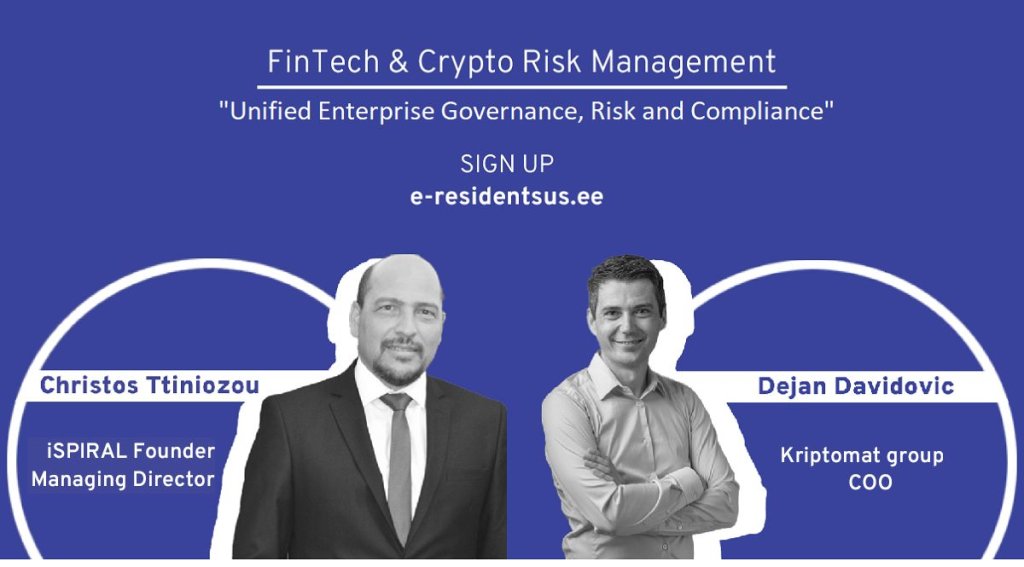
iSPIRAL participating at the 6th “e-Residency RISK MANAGEMENT” event in Estonia
FinTech & Crypto Companies Risk Management – New Legal and Regulatory Aspects, and Best Practices. Our Managing Director will be among the distinguished speakers participating
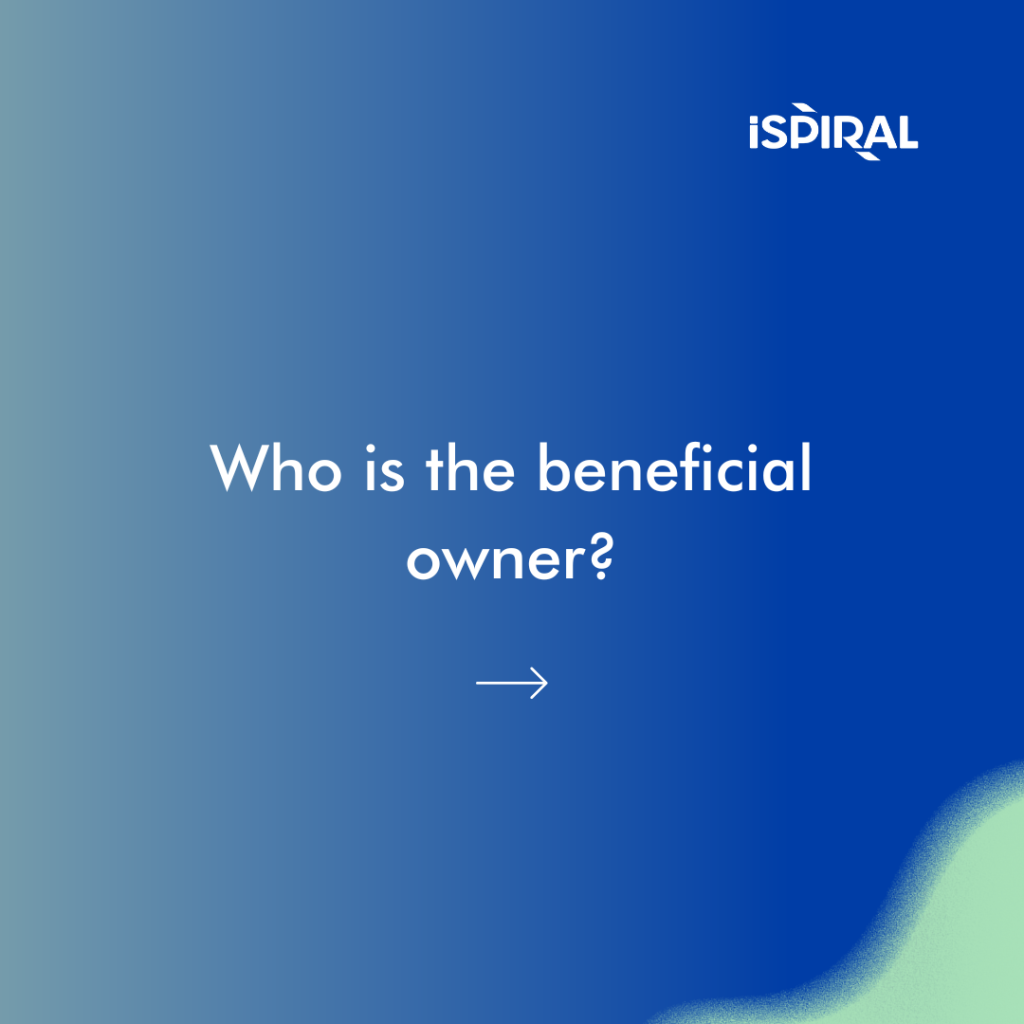
Who is the beneficial owner?
Beneficial owner refers to the natural person(s) who ultimately owns or controls a customer and/or the natural person on whose behalf a transaction is being
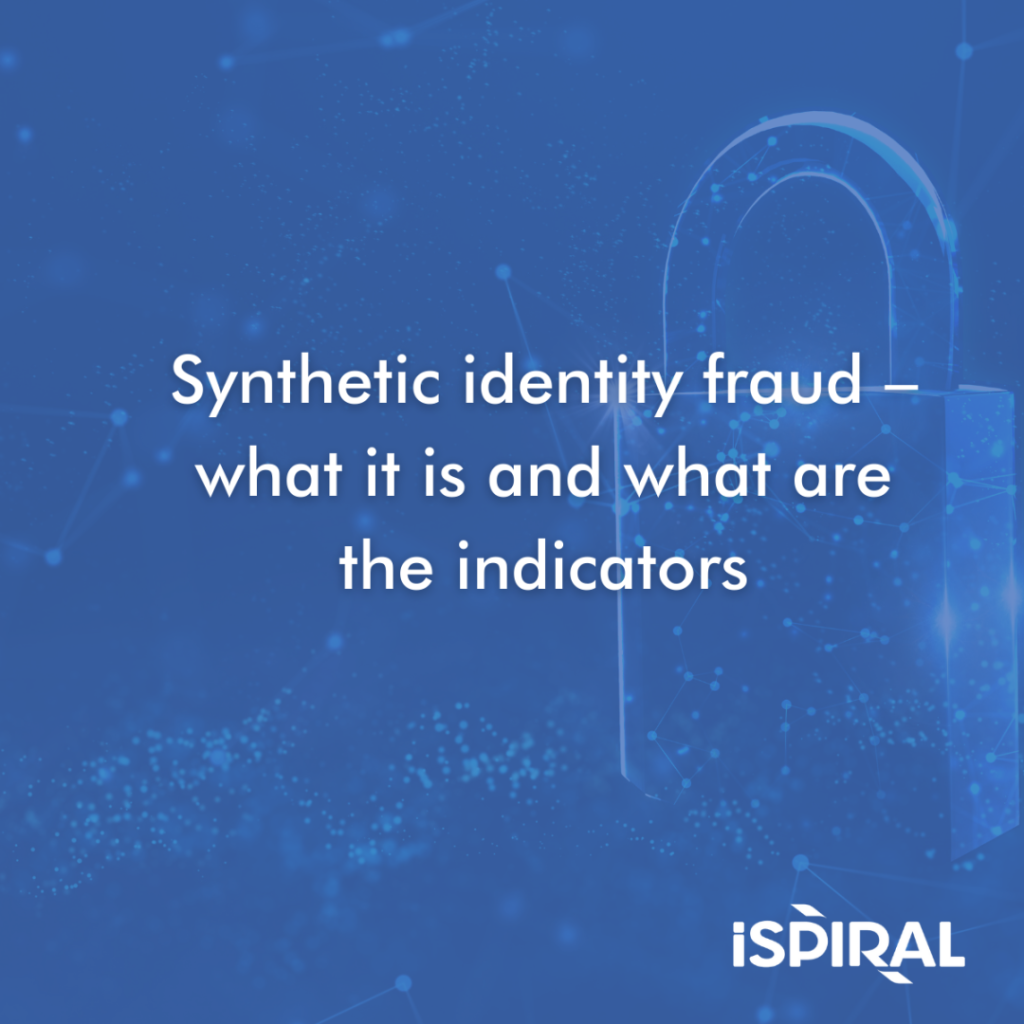
Synthetic identity fraud – what it is and what are the indicators
Georgia man was sentenced to over 7½ years in prison for synthetic identities scheme that defrauded banks out of nearly $2 million. The man and
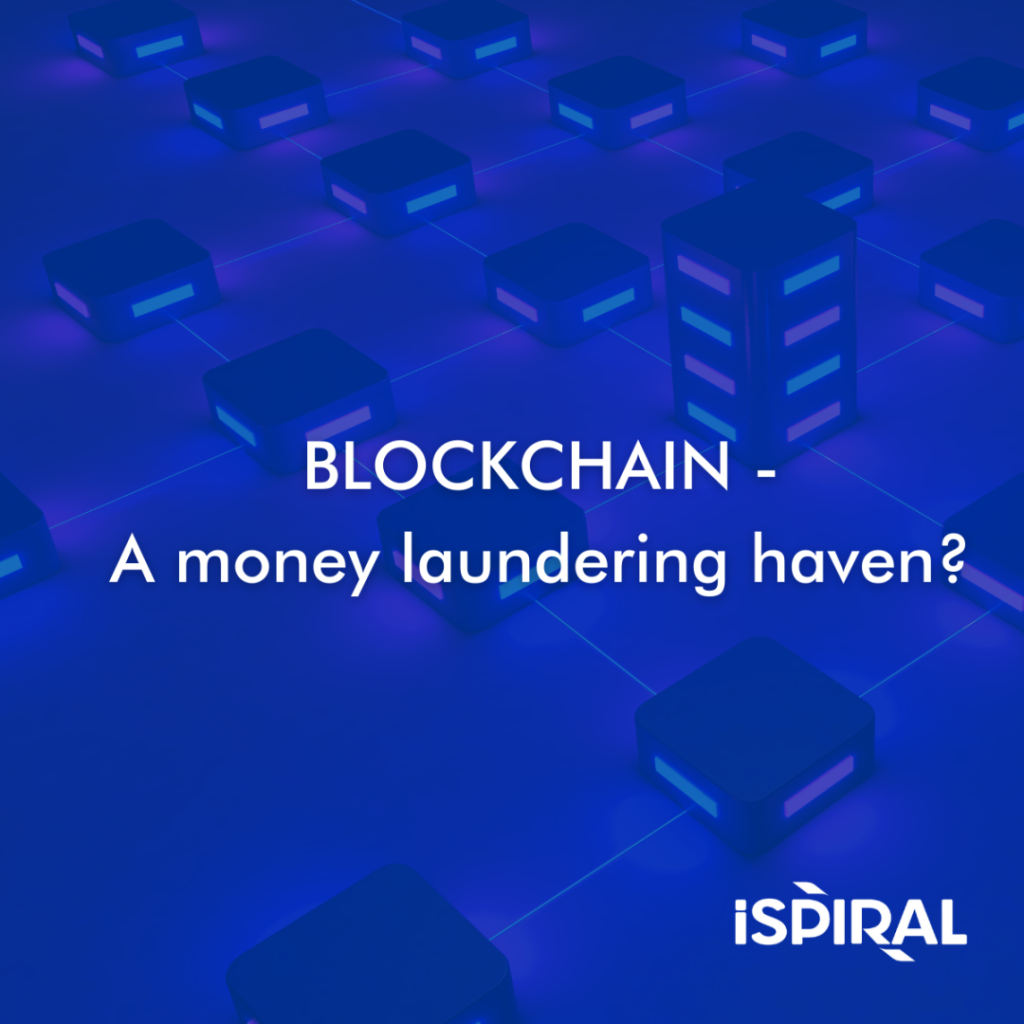
Blockchain – a money laundering haven?
Blockchain is a digital, public ledger that is distributed across its users. It collects and stores information in “blocks.” When a “block” is full, it
